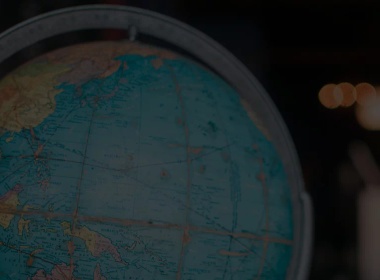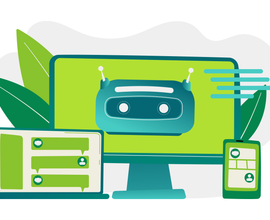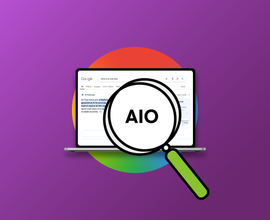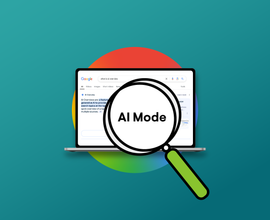What Is a Content Map? The Definitive Guide
For marketers, times they are a-changing. With the customer in power, marketing doesn’t work without a target. You need to align your content to the buyer’s journey. You need personas for each type of customer. You can hit the bullseye with a content map.
A content map is a cross-section of your personas and the buyer’s journey – the best way to target your audience and see your content gaps and opportunities.
What are Personas?
Personas: the only time generalizations will actually do you good. Creating your buyer personas is the best way to really connect to your audience.
So what are they? They’re generalizations based on your customers’ buying behavior. These traits can range anywhere from industry, company size, revenue – or alternately, gender, income, education, pain points, etc.
It’s always good to create multiple personas so you have a well-rounded view of your audience. But, don’t stress -- these can always be adjusted along the way.

Create Your Buyer Personas

Meet Lucy and Steve -- two examples of buyer personas. You're ready to start building your own personas, aligning to the buyer's journey, and creating content that works. This is your first step away from one-size-fits-all marketing. Take it.
We've created an interactive customer persona and buyer’s journey worksheet to help you create pieces of content that speak to each stage/persona.
Enter your own personas and buyer journey stages, then fill out the appropriate type of content for each box.
But your buyer personas are only the first part of a strong content map. You don't just need to understand who your customers are, but what process they are going through as they consider and make a purchase decision. That's where the buyer's journey comes in.
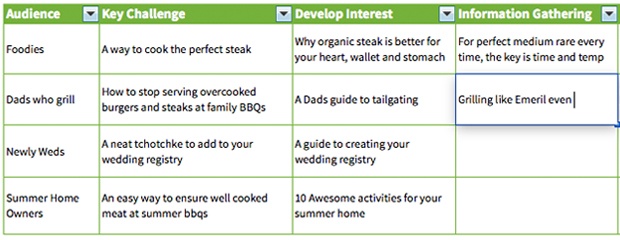
What is the Buyer’s Journey?
Not everyone uses the 1-click button on Amazon. The Buyer’s Journey takes you through a buyer’s progression from product consideration to research to purchase.
Why is this important? You can create content that speaks to every stage and step of a buyer – which means making more connections and getting more potential purchases.
Bring out your nurturing side -- create your own buyer’s journey specific to your brand.
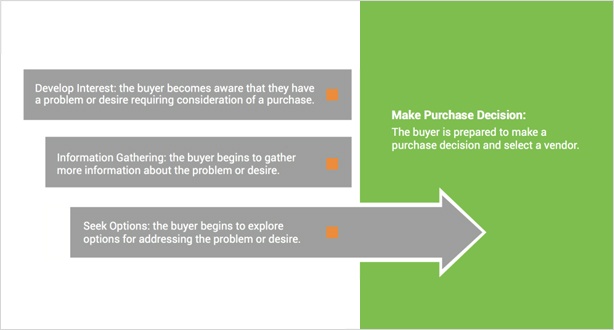
Create your Content Map
As marketers, we're digging deeper to understand our customers and the customer journey from discovery to conversionConversion
Conversions are processes in online marketing that lead to a defined conclusion.
Learn more. Check out our guide to creating content maps to get started on yours.
Measure Your Content Map
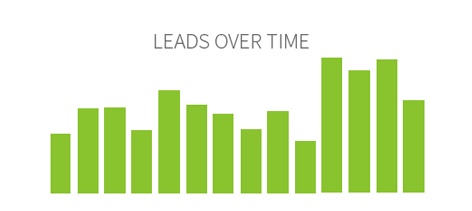
This in-depth webinar with persona expert, John Fernandez, will show you how to measure your content marketingContent Marketing
Content marketing is a marketing discipline with the goal of increasing awareness and scope for products and brands in the desired target group with content published on the web and offline.
Learn more, detect content gaps, and earn more customers with content mapped to the buying process. And he’ll show you how to start measuring the ROI of your content marketing… did you know that was possible?
Examples of Content Mapping Success
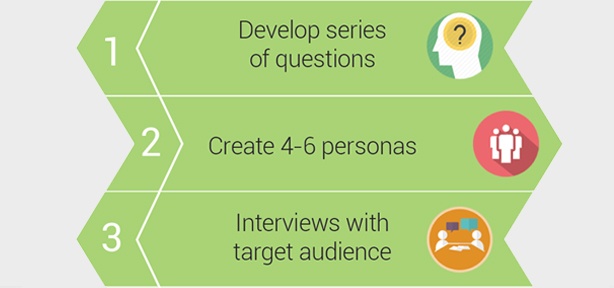
A Recipe for Persona Marketing
allwebcafe — a digital marketing agency known for its creative, persona-based approach to B2B brand strategy — shares their secret recipe for mapping content to personas. Get a taste of their strategy in this post.

Gamifying Audience Segmentation
Bisk Education, a worldwide leader in online education, digs into how they craft their own customer personas. Take notes on how these personas have helped them map and focus their content marketing efforts.
